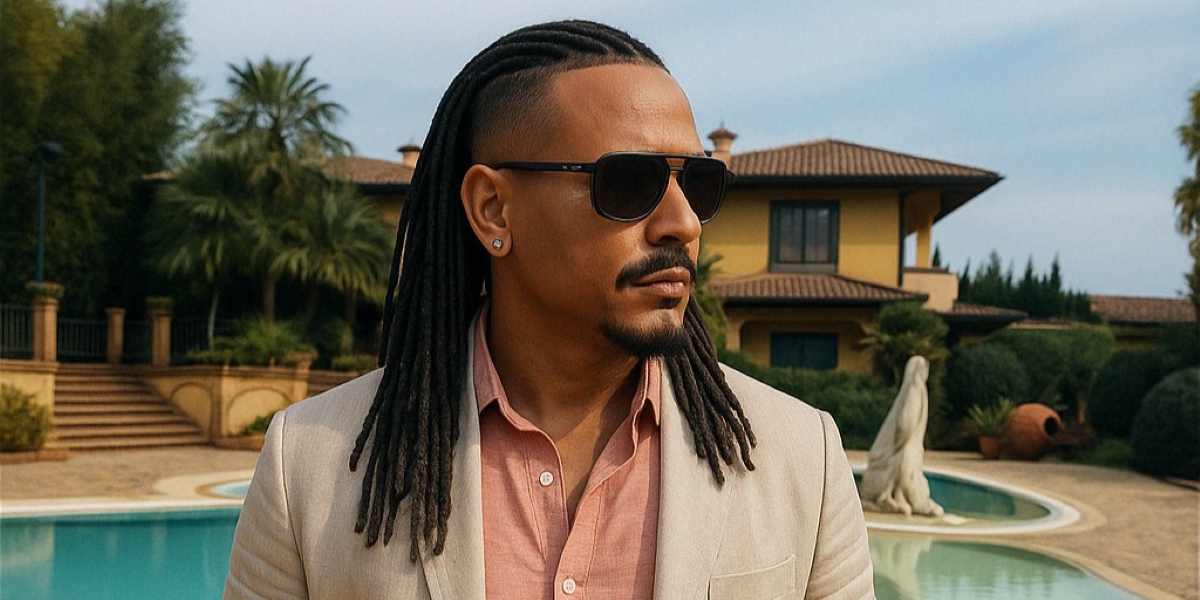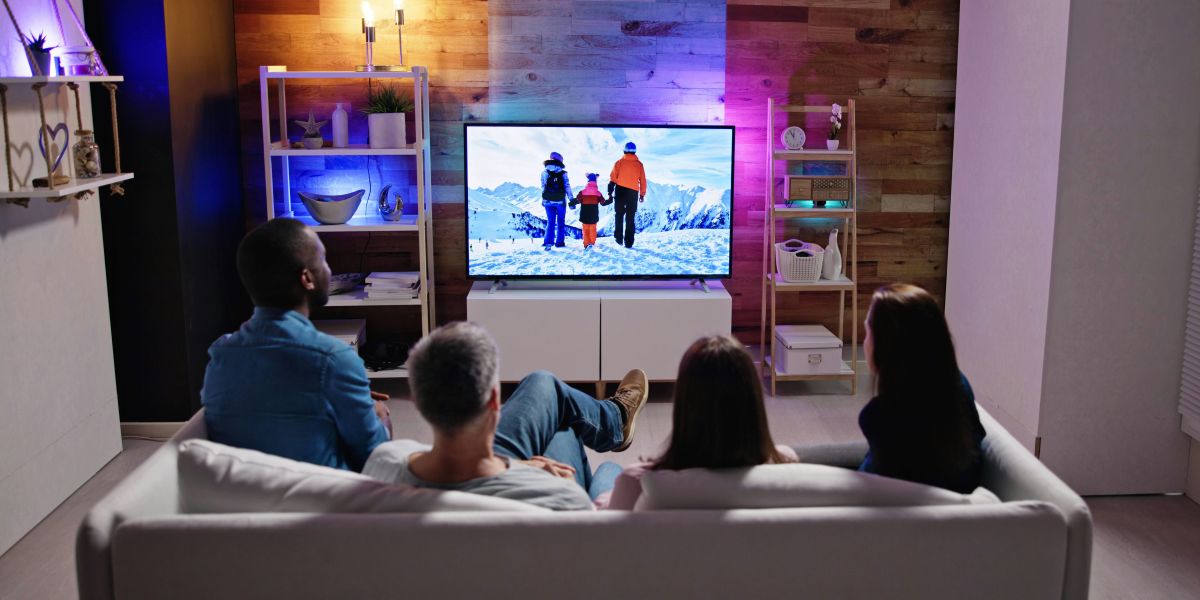Haircuts and styles can have a subtle yet significant effect on how individuals are perceived in terms of age. Whether intentional or not, the way hair is styled can influence how others see a person, often shaping perceptions of youth or maturity. Both women and men, though subject to different cultural norms and expectations, experience these dynamics when it comes to the role of hair in aging.
Read also: Is Sitting in the Makeup Chair for Practical Effects Worth It?
How Do Hairstyles Influence Age Perception?
Hair plays an essential role in shaping first impressions, with many people focusing on it as one of the key indicators of age. As individuals age, their hair naturally undergoes changes, such as graying or thinning. While these changes may be seen as markers of aging, the way hair is cut and styled can either highlight or minimize those effects. A youthful, modern haircut may offset the appearance of gray hair or thinning strands, helping to create a more vibrant look. In contrast, a more traditional or outdated hairstyle might inadvertently emphasize age.
Both men and women may experience these shifts differently due to societal expectations around gender and beauty. Yet, in all cases, how one styles their hair can impact how they are viewed, either as older or younger, depending on the haircut, maintenance, and overall styling choices.
How Haircuts Affect Perceptions of Aging in Women
For women, the connection between haircuts and age perception can be particularly significant. Long hair is often associated with youth and vitality, while shorter styles, such as bob cuts or pixie cuts, can suggest a more mature and polished appearance. However, these styles can also convey a sense of confidence and modernity, which might reduce any association with aging.
Hair that has begun to gray is often a key factor in how age is perceived. Gray hair can present an opportunity for a more distinguished look when paired with a contemporary style. However, unstyled gray hair may sometimes be perceived as aging, especially if it is left unkempt or combined with overly long or tired-looking styles. On the other hand, shorter or well-maintained cuts can soften the appearance of gray hair, creating a more youthful effect. A sleek, styled bob or layered cut with gray hair may lend a sophisticated yet youthful feel.
The texture of hair also plays a role in how it affects perceptions of age. Women with thinning hair might choose cuts that add volume, such as layered styles, which can create the illusion of fuller hair and contribute to a youthful appearance. Alternatively, flat or limp hair can draw attention to age-related thinning or loss of volume, giving the impression of fatigue or aging. A more voluminous, styled approach can help restore a sense of vitality, helping to balance out the natural changes that come with age.
How Haircuts Affect Perceptions of Aging in Men
The connection between haircuts and aging is also important for men, though societal expectations surrounding male hairstyles may differ from those for women. Men are often seen with shorter, more structured haircuts, such as buzz cuts or crew cuts, which can create a clean and youthful image. For men who experience hair thinning or receding hairlines, these shorter styles can help maintain a neat, well-groomed look that masks any signs of hair loss.
Gray hair in men can also be perceived differently than in women. A full head of gray or silver hair, when paired with a well-groomed cut, can exude wisdom and experience, often being seen as a sign of maturity rather than simply aging. However, as with women, a receding hairline or thinning hair can create the impression of advanced age, especially if it is left unaddressed. Some men opt for closely cropped or shaved cuts to avoid emphasizing thinning hair, which can keep their appearance youthful despite natural hair changes.
While men may experience fewer societal pressures around hairstyle choices than women, the impact of a thoughtful haircut is still significant in altering how age is perceived. In cases where men have started to lose hair, a well-maintained, shorter cut can present a more youthful and energetic appearance, while longer, unkempt hair may draw attention to the aging process.
Can Hairstyles Hide or Highlight Signs of Aging?
Hairstyles can work both to mask and accentuate age-related changes in a person’s appearance. For both women and men, choosing the right cut can soften facial features, such as wrinkles or sagging skin, which are common signs of aging. Haircuts that frame the face with soft layers or gentle curls may reduce the emphasis on fine lines around the eyes or mouth, creating a more youthful appearance.
In contrast, longer hair or styles that lack shape can sometimes highlight facial features that might have changed over time. For instance, longer hair on older individuals can sometimes add to the appearance of sagging or contribute to a more fatigued look if not well-maintained. A fresh, modern haircut that balances facial features can shift attention away from signs of aging, creating a more refreshed overall look.
Additionally, bangs or layered cuts can help conceal forehead lines and lift the face, which often tends to sag with age. This technique helps to draw the eye upwards, enhancing the overall perception of youthfulness. When styled properly, a flattering haircut can provide a subtle way to age gracefully without the need for drastic measures.
Societal Expectations and Hairstyles for Aging
Cultural norms and societal expectations play a significant role in how haircuts are perceived as a sign of aging. In many cultures, longer hair is often considered youthful, while shorter cuts are associated with a more mature look. As individuals age, there is sometimes an expectation to choose more conservative, understated styles. These expectations, particularly for women, can lead to pressure to adopt certain hairstyles to appear more age-appropriate.
However, changing beauty standards are encouraging more people to embrace individuality in their styling choices. More individuals, particularly women, are choosing to keep their hair long, experiment with different styles, or opt for cuts that express their personality, regardless of age. This cultural shift allows people to challenge the traditional notion that older individuals must conform to a particular style to look youthful.
For both men and women, the willingness to embrace natural hair, such as gray or curly textures, can signal confidence and an acceptance of the aging process. More people are moving away from rigid beauty standards and instead focusing on styles that make them feel comfortable and self-assured. In these cases, the way hair is styled becomes less about adhering to societal expectations and more about personal expression, which can contribute to a more youthful and energetic appearance.
Read also: Beyond Bass and Beats: The Rise of Hairography in Live Performances
Does Personal Style Enhance Age Perception?
Ultimately, personal style plays a key role in how haircuts and hairstyles impact age perceptions. A hairstyle that is tailored to an individual’s face shape, hair texture, and personal preferences can complement their overall appearance. When paired with the right clothing and a confident attitude, a well-chosen hairstyle can help convey vitality, regardless of age.
Some people may gravitate toward classic, timeless cuts that exude maturity and sophistication. Others may opt for modern, trendier styles that project energy and youthful exuberance. Both choices, when executed well, can enhance a person’s appearance and help them project the image they wish to convey. The most important aspect of any hairstyle is that it makes the individual feel confident and comfortable, as this inner confidence often radiates outward, influencing how age is perceived.
Hairstyles, when thoughtfully selected, can have a significant impact on how individuals are perceived in terms of age. Both men and women can use haircuts and styles to either minimize or accentuate the natural aging process. Whether through framing the face or adding volume, a fresh style can help create a more youthful look, while more traditional or outdated cuts may unintentionally highlight the passage of time. Personal style, self-expression, and cultural shifts are also playing an increasingly important role in how age is approached and perceived, allowing for greater flexibility and freedom in styling choices.








